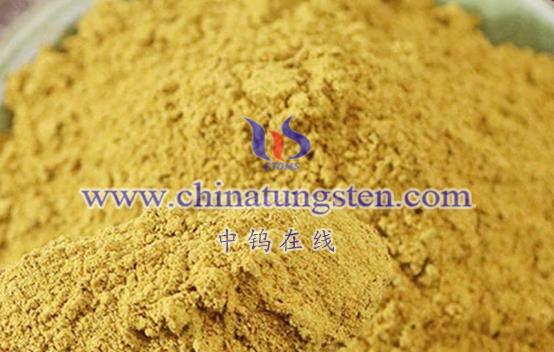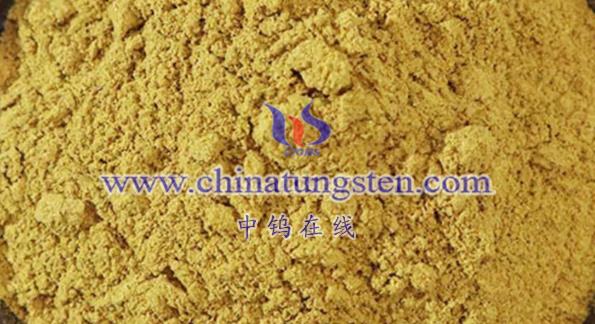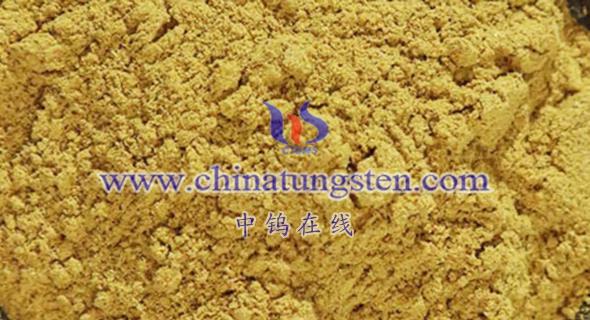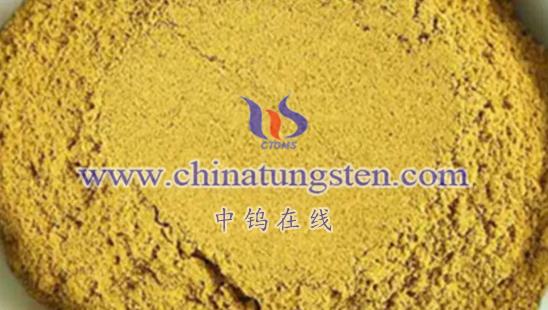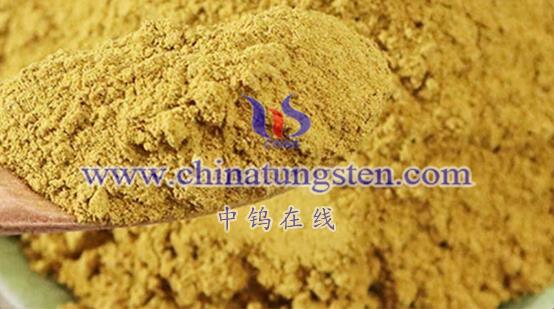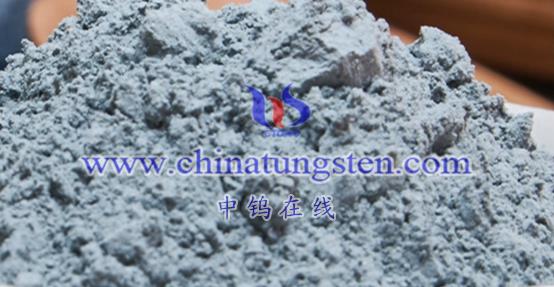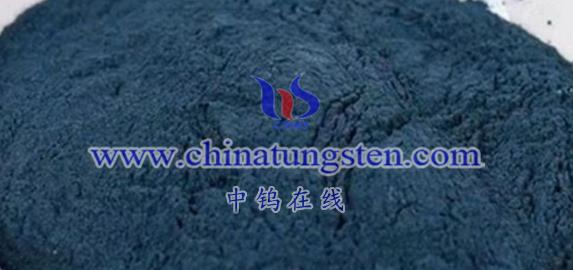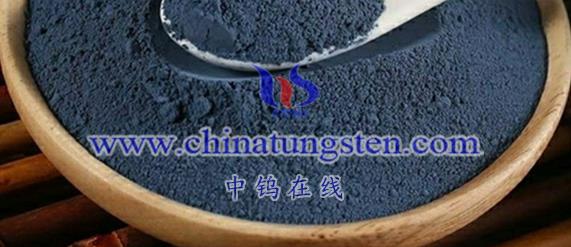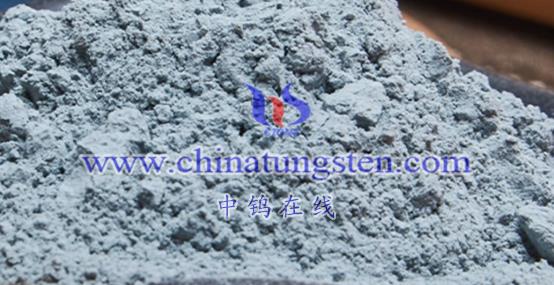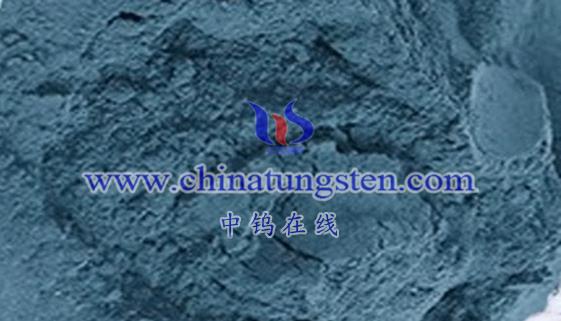
The chemical properties of Hydrogen Tungsten Bronze (HxWO3) are primarily manifested in its unique composition, structure, and the resulting physicochemical characteristics. Below is a detailed explanation of the chemical properties of HxWO3:
- Composition and Chemical Formula of Hydrogen Tungsten Bronze (HxWO3)
Elements in Hydrogen Tungsten Bronze
Hydrogen Tungsten Bronze is composed of three elements: Tungsten (W), Hydrogen (H), and Oxygen (O).
The chemical formula of Hydrogen Tungsten Bronze is represented as HxWO3, where the value of x ranges between 0 and 1. It is important to note that the formula should not be written as a hydrated form (WO3·H2O).
- Crystal Structure of Hydrogen Tungsten Bronze (HxWO3)
Tunnel-like Structure of HxWO3
Hydrogen Tungsten Bronze possesses a unique tunnel-like structure with six-membered, five-membered, or four-membered ring channels. These channels form one-dimensional pores along the (001) direction. This specific tunnel structure facilitates ion insertion and extraction, giving it the ability to donate and accept protons.
- Physicochemical Properties of Hydrogen Tungsten Bronze (HxWO3)
- Electrical Conductivity
Hydrogen Tungsten Bronze has good electrical conductivity. As the value of x increases, the density of states at the Fermi level gradually increases, leading to a corresponding rise in free electron concentration and improved conductivity. - Photocatalytic Properties
Hydrogen Tungsten Bronze demonstrates excellent performance in photocatalysis, capable of decomposing harmful chemicals and organic substances. This performance is closely related to its unique crystal structure and electronic properties. - Electrochromic and Photocromic Properties
Hydrogen Tungsten Bronze exhibits both electrochromic and photocrhomic characteristics, meaning its color can change depending on external conditions such as voltage or light exposure. As the value of x increases, its color gradually shifts from light bluish-gray to golden yellow. - Chemical Stability
Hydrogen Tungsten Bronze is chemically stable, being insoluble in water and all acids except hydrofluoric acid, but soluble in alkaline reagents. This chemical inertness allows it to maintain stability in certain specific environments.
- Oxidation States and Proton Insertion/Extraction Function of Hydrogen Tungsten Bronze (HxWO3)
- Various Oxidation States
The tungsten element in Hydrogen Tungsten Bronze can exist in multiple oxidation states. The type and concentration of these oxidation states depend on factors such as the pH of the solution and the method of reduction (e.g., electrochemical reduction or the type and concentration of reducing agents). These varying oxidation states can interconvert, enabling proton insertion and extraction. - Proton Insertion/Extraction Function
The proton insertion and extraction ability of Hydrogen Tungsten Bronze gives it potential applications in fuel cells, catalysts, and other fields. For example, when used as a co-catalyst with platinum, HxWO3 can provide protons to enhance platinum’s catalytic activity in oxygen reduction reactions. When it accepts protons, it can improve platinum’s catalytic activity in the oxidation of organic small molecules such as methanol.
Summary of Chemical Properties:
The chemical properties of Hydrogen Tungsten Bronze include its unique composition, crystal structure, electrical conductivity, photocatalytic performance, electrochromic and photocrhomic characteristics, chemical stability, and proton insertion/extraction function. These properties collectively endow HxWO3 with significant potential for applications in a variety of fields.
More details of tungsten oxide product, please visit website: tungsten-oxide.com
Please contact CHINATUNGSTEN for inquiry and order of tungsten oxide:
Email: sales@chinatungsten.com
Tel.: 86 592 5129595
